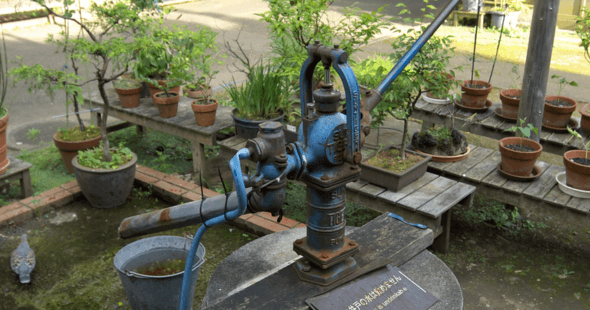Discovering coliform bacteria in your well water can be unsettling. These bacteria are a sign that your water may be contaminated with harmful pathogens, which can pose serious health risks. Fortunately, there are effective steps you can take to eliminate coliform bacteria from your well water, ensuring it’s safe for drinking and everyday use. This guide will walk you through the process, focusing on practical and straightforward methods.
Understand What You’re Dealing With
Coliform bacteria are a broad category of bacteria found in the environment, including in soil and vegetation. While most coliform bacteria are harmless, their presence in well water indicates the potential for harmful pathogens, such as E. coli, to enter your water supply. These pathogens can cause a range of illnesses, so addressing the issue promptly is crucial.
Test Your Water
The first step in tackling coliform bacteria in your well water is to conduct a thorough water test. Testing kits are available from local health departments or can be purchased from reputable suppliers. These tests will confirm the presence of coliform bacteria and may also identify other contaminants. Repeat testing is necessary after any treatment to ensure the water is safe.
Inspect and Repair Your Well
A common entry point for bacteria is through cracks or gaps in the well structure. Inspect your well for any signs of damage or intrusion. Pay special attention to the well cap, casing, and the seal around the casing. Any damage found should be repaired immediately by a professional to prevent further contamination.
Shock Chlorination
Shock chlorination is a widely recommended method for eliminating coliform bacteria from well water. This process involves adding a strong chlorine solution directly into your well, letting it stand for a period, then flushing the system thoroughly until the chlorine is removed. It’s effective against most bacteria and viruses but must be done carefully to avoid damage to your well components or plumbing system. It’s advisable to consult with a professional who can ensure the correct chlorine concentration is used and that the process is carried out safely.
Continuous Disinfection
For wells that are prone to recurrent bacterial contamination, continuous disinfection may be necessary. This can be achieved through the installation of a chlorination system, which continuously adds a low level of chlorine to the water, or a UV purification system, which uses ultraviolet light to kill bacteria and viruses. Both systems have their pros and cons, and the choice depends on your specific situation and preference for water treatment.
Regular Maintenance
Regular well maintenance is key to preventing the reintroduction of coliform bacteria. This includes annual inspections, testing the water quality at least once a year, and cleaning the well and water system according to the manufacturer’s recommendations or more often if needed. Keep the area around the well clear of debris and potential sources of contamination, such as animal waste or pesticides.
Conclusion
The presence of coliform bacteria in well water is a sign that your water supply may be at risk. By following the steps outlined—testing your water, inspecting and repairing your well, shock chlorinating, considering continuous disinfection, and maintaining your well—you can effectively eliminate these bacteria and ensure your water is safe for use. Remember, the key to safe well water is vigilance and proactive management. If you’re ever in doubt about the safety of your water or the best treatment method, consult with a water treatment professional or your local health department. Safe water is essential to your health and well-being, and with the right approach, you can protect yourself and your loved ones from the risks associated with contaminated well water.

